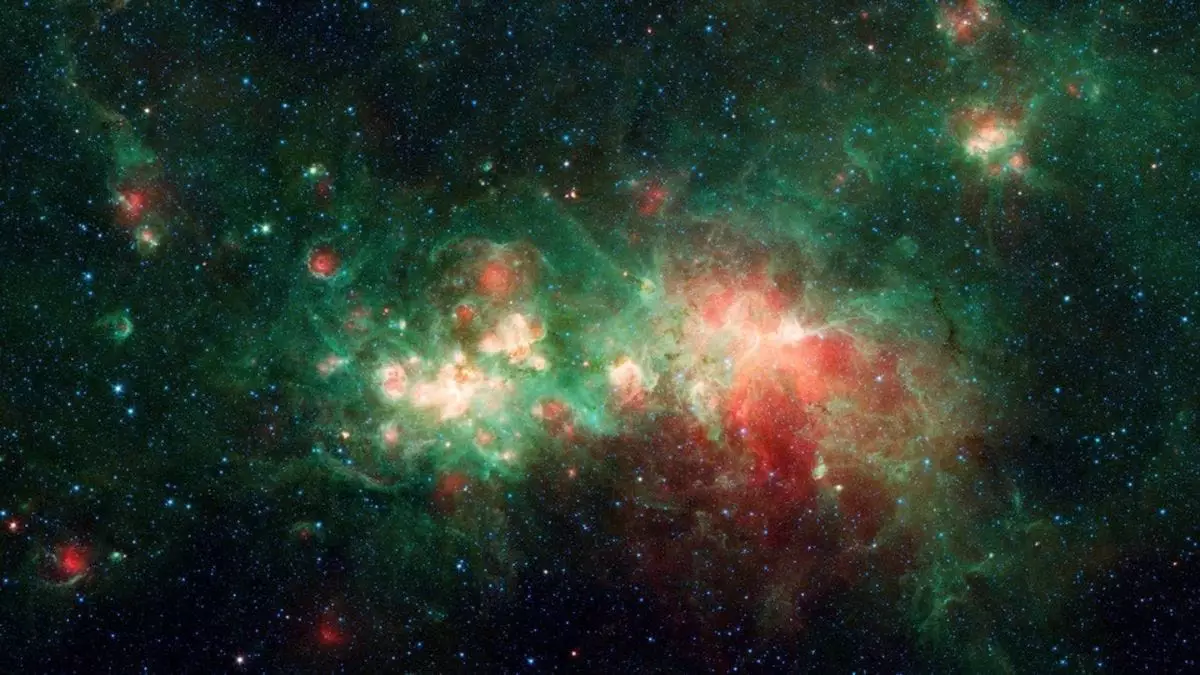Recent advancements in cosmological research suggest that the universe’s evolution may be significantly more intricate than earlier models have indicated. Led by a team from the University of Pennsylvania, including Joshua Kim and Mathew Madhavacheril, researchers have analyzed data from two prominent cosmic surveys—the Atacama Cosmology Telescope (ACT) and the Dark Energy Spectroscopic Instrument (DESI). Their comprehensive study sheds light on the distribution of cosmic structures over the last four billion years, revealing discrepancies that challenge our current understanding of astrophysics.
The core of this research involved a meticulous comparison of two powerful datasets. The ACT contributes invaluable insights into the universe’s infancy by capturing faint cosmic microwave background (CMB) radiation, a remnant from approximately 380,000 years post-Big Bang. In contrast, DESI maps the three-dimensional layout of galaxies, focusing on luminous red galaxies (LRGs) to decipher the formation and clustering of cosmic structures during more recent epochs, thus providing a robust framework to study the universe’s development.
By merging the data from these two telescopes, the researchers constructed a more comprehensive picture of how the cosmos has formed and evolved. Upon analysis, they surfaced an interesting anomaly: the density fluctuations, quantified by a parameter known as Sigma 8 (σ8). A lower σ8 than anticipated highlights a deviation from prevailing models that have long guided our interpretations of cosmic structure formation.
While the findings largely support Einstein’s general theory of relativity, the subtle discrepancies concerning the matter distribution’s clumpiness provoke deeper questions about cosmic evolution. Madhavacheril noted in a press release that although the data does not offer conclusive evidence for “new physics,” it opens the door for valuable inquiries into the untouched realms of theoretical astrophysics.
One avenue of exploration revolves around the enigmatic force of dark energy—an influence accelerating the universe’s expansion. This powerful element may be reshaping how cosmic structures evolve, suggesting that the assumptions built into existing models could be too simplistic or incomplete.
Looking Towards the Future
As research continues, the prospect of advanced observation tools such as the upcoming Simons Observatory instills hope among scientists. These observatories promise to refine and validate current measurements, paving the way for a more precise understanding of cosmic formation processes. The implications of this research stretch far beyond academia; they hold the potential to inform how we comprehend the universe itself.
The endeavor to address these discrepancies could illuminate areas of cosmology that remain veiled in mystery. Whether these anomalies signify an unusual occurrence or point to a deeper underlying principle in cosmic evolution remains to be seen. What is certain is that the quest to comprehend the structure and dynamics of our universe is ongoing, inspiring both awe and curiosity in the scientific community.


Leave a Reply